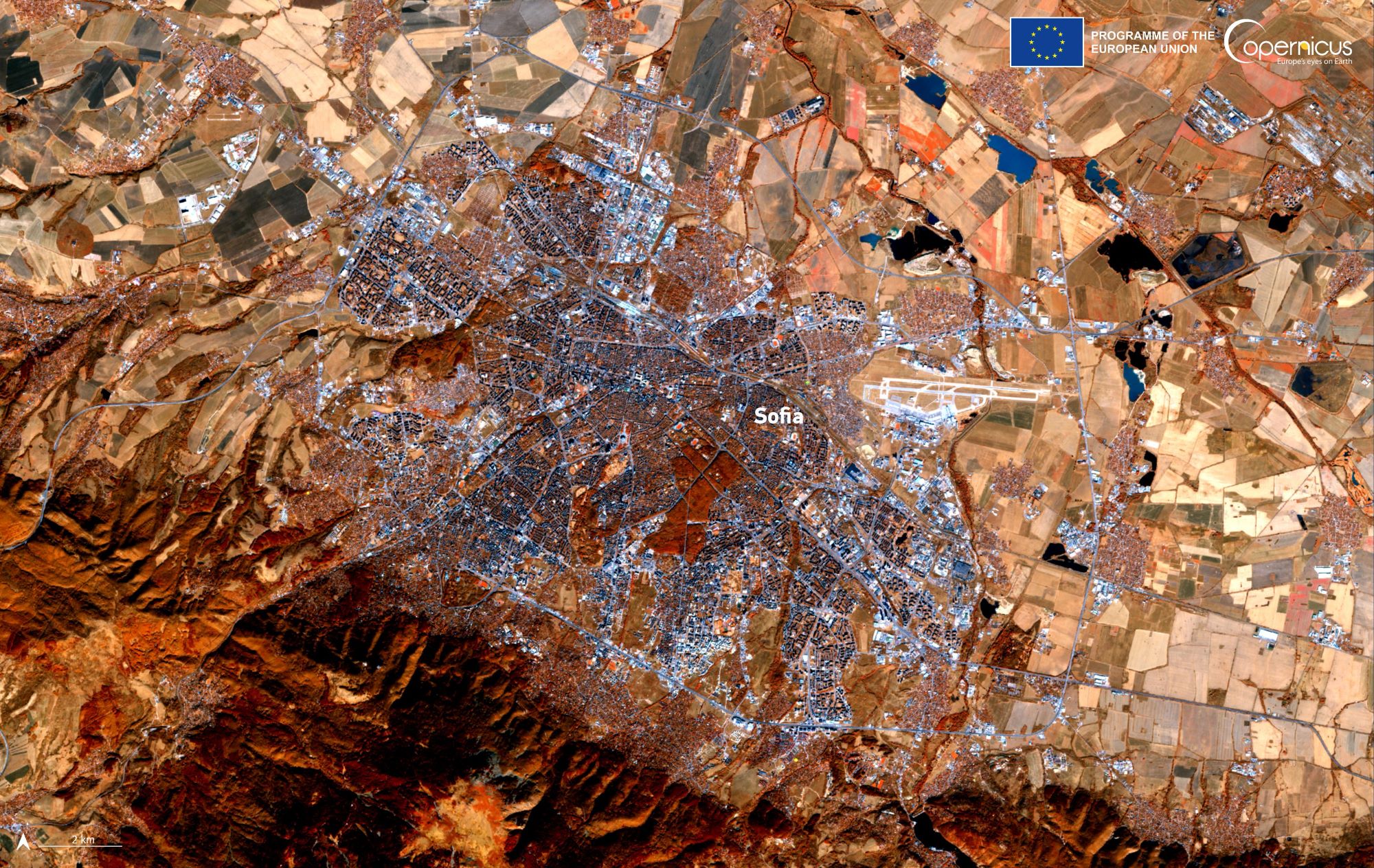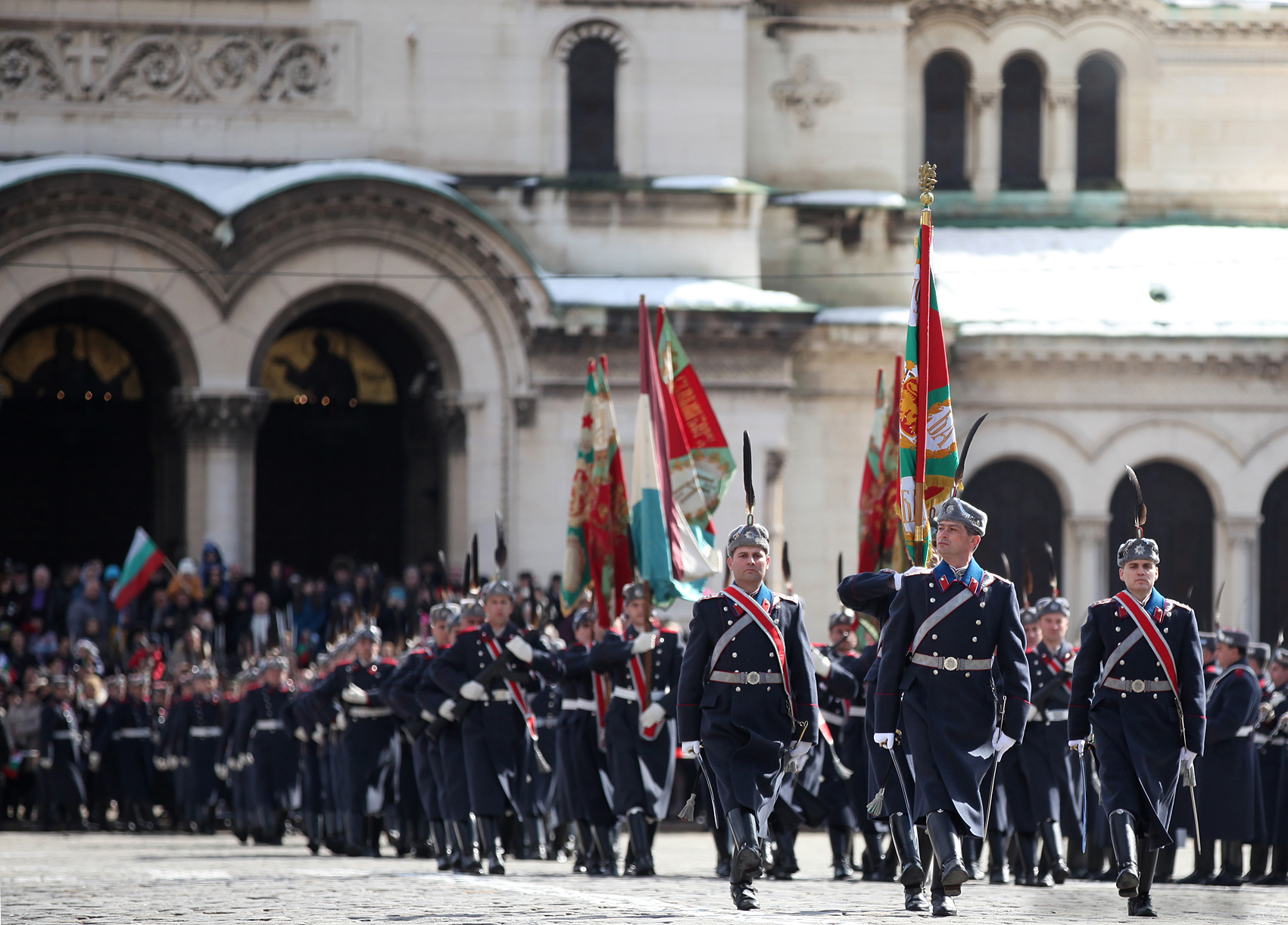ESA’s Copernicus Sentinel-2 captured Sofia, the capital of Bulgaria. March 3 was Bulgaria’s Liberation Day. The Treaty of San Stefano was signed on March 3, 1878 by Russia and the Ottoman Empire. It was to set up an autonomous Bulgarian principality spanning Moesia, Macedonia and Thrace, roughly on the territories of the Second Bulgarian Empire, and this day is now a public holiday called National Liberation Day.

Sofia is in the Sofia Valley at the foot of the Vitosha mountain in the western parts of the country. Being in the centre of the Balkans, it is midway between the Black Sea and the Adriatic Sea, and closest to the Aegean Sea. Known as Serdica in Antiquity and Sredets in the Middle Ages, Sofia has been an area of human habitation since at least 7000 BC. Sofia has a humid continental climate (Köppen climate classification Dfb) with an average annual temperature of 10.9°C. Services dominate the economy, accounting for 88.6% of the gross value added, followed by industry 11.3% and agriculture 0.1%.
The local scenery on the ground is as follows.


Reference: Copernicus EU’s Tweet
See earthview photo gallery: LiVEARTH